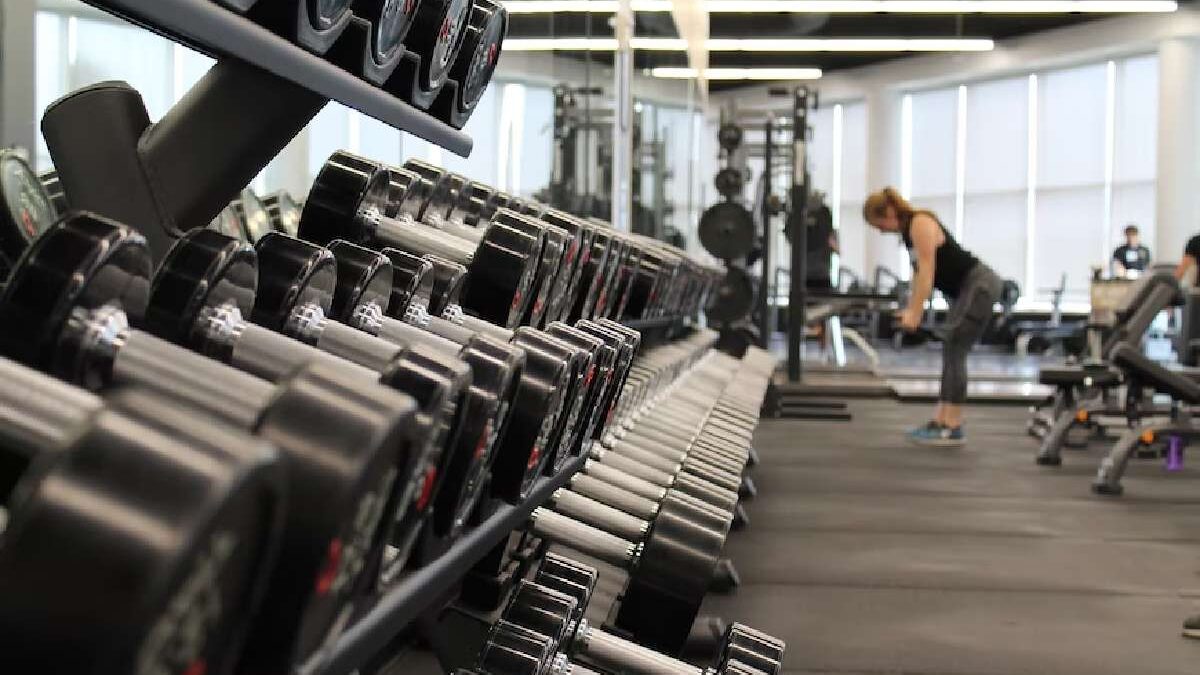what fitness component is yoga – Cardiovascular exercises improve health, burn calories , tone up and reduce possible diseases, such as high blood pressure, cholesterol, overweight…
Yoga , although it coincides in some points, strengthens muscles and bones, makes the body more flexible, relieves pain, improves breathing and balances our physical and mental health, among others, with a high spiritual and well-being component.
One gives the other features that it lacks. For example, yoga stretches can be perfect to end a gym routine or high-intensity exercises, as well as being a way of escape or relaxation.
YOGA BEFORE OR AFTER CARDIO?
The ideal will be to complement both activities throughout the week. It could be on alternate days, yoga on weekdays and fit exercises on weekends or at the consumer’s discretion.
If you decide to do them at the same time, it is best to practice yoga after the training routine to increase performance and consolidate both practices.
It would not make sense to stretch the muscles and then contract them with vigorous activities. You could injure yourself or lose the acquired peace of mind.
WHAT IS YOGA FITNESS OR FIT YOGA
In addition to this perfect combination , lately a type of yoga is becoming fashionable that includes both disciplines in a single class, without having to do them separately.
Normally they combine yoga postures with fitness , pilates or aerobic exercises, without forgetting breathing techniques and meditation . In addition to losing weight and becoming stronger and more flexible, we eliminate stress and achieve physical, mental and spiritual peace.
You don’t need to leave the house, no weights, no slippers… just your mat .
BENEFITS OF FIT YOGA
Thanks to the combination of yoga and cardio we will achieve:
- Avoid injuriesand reduce muscle or joint tension.
- Improve training performance.
- Control the body and be aware of it.
- Improve posture.
- Make the body flexible, stretchand lengthen, avoiding the shortening that the gym entails .
- Toneall the musculature.
- Improve balance, concentration and coordination.
- Increase mobility, speed, staminaand stride.
- Reduce stress.
- Relax the body and mind (lower heart rateand return to natural breathing).
- Listen to our limits and accept ourselves as we are, without comparisons, unnecessary efforts or extreme exhaustion.
Here you can discover the other benefits of yoga .
THE MOST FITNESS YOGA STYLES
If your training is based on demanding strength routines , combine it with lower intensity practices, such as yin yoga , a passive style that makes the entire body more flexible from the fascias and connective tissues, preventing the muscles from breaking down.
But yoga also loses weight and tones itself, especially those dynamic and intense styles such as:
- Bikram yoga, at 40 degrees of heat.
- Ashtanga yoga, rigorous with specific series of postures.
- Power yoga, fast and energetic.
YOGA FOR FLEXIBILITY
While being flexible won’t help you lose heaviness or build muscle, it is a amount of fitness and physical health. One study showed that regular yoga practice increases flexibility, especially among people who spend a lot of time in front of the computer. Even frequent chair yoga sessions can increase your flexibility.
If your main goal is to increase flexibility and range of motion, you should do yoga at least twice a week. If you want to focus on increasing the flexibility of specific body parts, such as the hamstrings or lower back, you should do a static, relaxed stretch with that body part for at least 5 minutes a week. Yin yoga is a chic of yoga that includes this type of static and relaxed stretching.
Have you just started in the world of yoga?
YOGA AS A ACCOMPANIMENT TO OTHER STYLES OF PHYSICAL EXERCISE
For people who previously exercise frequently, yoga may not have a significant impact on strength or cardiovascular health. But it can enhance your other training sessions. That’s how.
YOGA TO AVOID INJURIES
As we already discussed in our yoga for back pain blog post , yoga is a scientifically proven way to relieve back pain related to injury or chronic pain. A regular practice of yoga can make your back healthier overall, reducing the risk of back injuries in other sports.
Lack of balance is often the cause of striking injuries in sports. Yoga helps you gain more balance, which can help prevent trips, falls, or collisions . Tripping on dumbbells is one of the most common injuries in the gym. Yoga can help. (Like putting the weights back correctly, but exemplary behavior in the gym deserves its own blog post
YOGA FOR BODY AWARENESS
Yoga increases general awareness of the body. Knowing where our body is in space is called kinesthetic awareness. Knowing where you are in relation to yourself is called proprioception. These skills are critical components of effective movement. When we have a natural awareness of where our body is, we ensure better form and function. Body awareness helps us feel if our deadlift form is right, how high to lift one knee when climbing stairs, and if our shoulders are above our elbows on a plank. By practicing yoga, you’ll learn enough about your body to make the rest of your workouts more targeted and effective. Flexibility,

